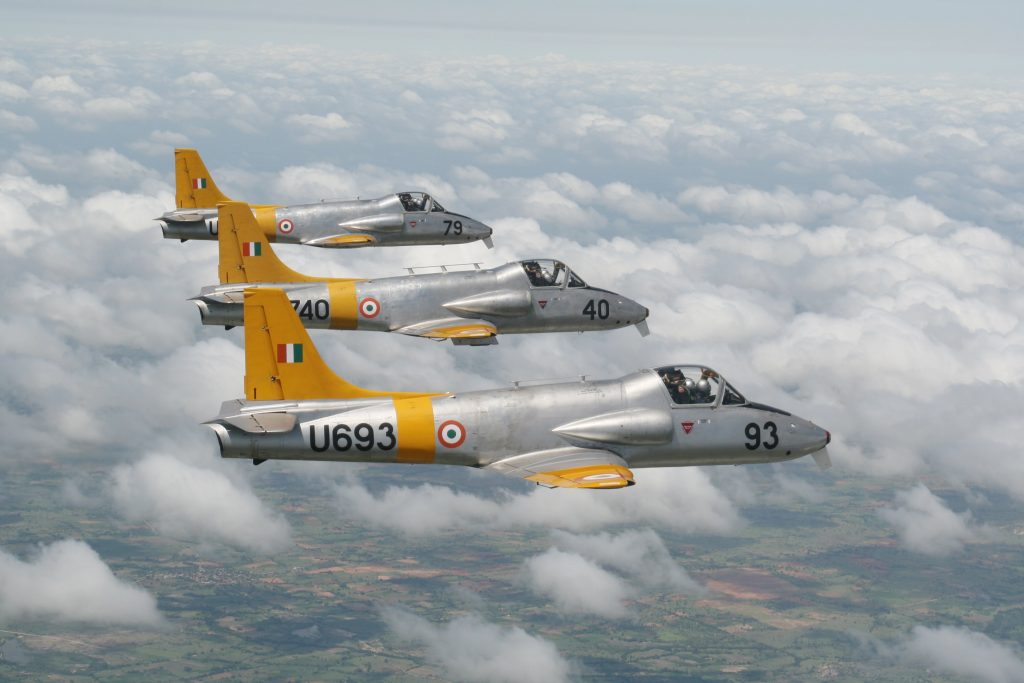SOURCE: IDRW.ORG.


The Indian Air Force (IAF) has announced plans to retire its ageing fleet of Kiran trainer aircraft starting in 2025. The Kiran, which has been in service for decades, has played a pivotal role in the training of IAF pilots. However, with the aircraft approaching the end of its service life, the IAF is looking to replace it with the Sitara Intermediate Jet Trainer (IJT), a domestically developed aircraft by Hindustan Aeronautics Limited (HAL). Despite the promising potential of the Sitara, its induction into the IAF has faced significant delays, leaving the timeline for its deployment uncertain.
The Kiran aircraft has been the backbone of the IAF’s intermediate pilot training program for over 40 years. Since its introduction in the 1970s, the Kiran has provided a reliable platform for trainee pilots to transition from basic trainers to more advanced combat aircraft. However, as the Kiran’s airframes and systems age, the IAF has decided that it is time to phase it out to ensure that its training program remains modern, effective, and in line with evolving aviation standards.
The Sitara Intermediate Jet Trainer (IJT) was developed by HAL as a replacement for the Kiran. Designed to offer a more advanced training solution, the Sitara was intended to provide a smoother transition for pilots moving from basic training aircraft to frontline fighter jets. The IJT is expected to enhance the training capabilities of the IAF, with a focus on helping pilots master essential skills such as aerobatics, handling advanced avionics, and simulating real-world combat conditions.
Despite the Sitara IJT’s first successful flight in 2003, it has faced numerous delays over the years, preventing it from entering mass production and induction. Initially, the IAF had planned for the IJT to replace the Kiran in 2012, but various technical challenges, including issues with the aircraft’s performance at high altitudes, have pushed back the timelines significantly. After over two decades of development, the Sitara remains unapproved for full-scale production, and it is yet to be inducted into active service.
The development of the Sitara has been marred by a series of setbacks, including stability and performance concerns during initial testing phases. These issues led to further modifications, slowing down the progress of the aircraft’s certification. While HAL has made significant strides in addressing these concerns, the IJT still awaits clearance for full-scale production and induction into the IAF, leaving the IAF reliant on the ageing Kiran trainers for the time being.
The IAF’s decision to retire the Kiran by 2025 places additional pressure on HAL to bring the Sitara into production in time to meet the replacement requirements. The success of the Sitara IJT will be crucial in enhancing the training capabilities of the IAF, especially as the need for high-quality pilot training intensifies with the increasing sophistication of the IAF’s fleet, including the arrival of advanced fighter jets such as the Rafale and the Tejas.
If the Sitara can overcome its developmental hurdles and enter production soon, it will provide the IAF with a modern and capable intermediate jet trainer, bridging the gap between basic trainers and frontline fighters. Moreover, the induction of the Sitara IJT will also mark a significant milestone for HAL, showcasing the growing capabilities of India’s indigenous aerospace industry.
NOTE : Article cannot be reproduced without written permission of idrw.org in any form even for YouTube Videos to avoid Copy right strikes. Websites doing illegal reproductions will get DMCA and Legal Notices.